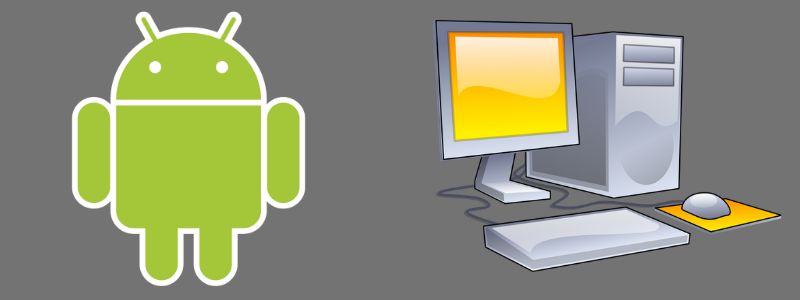
- X86 media center os mac os x#
- X86 media center os install#
- X86 media center os upgrade#
- X86 media center os portable#
- X86 media center os Pc#
The competition from completely new architectures. (which Intel eventually responded to with a compatible design) and the scalability of x86 chips such as the eight-core Intel Xeon and 12-core AMD Opteron is underlining x86 as an example of how continuous refinement of established industry standards can resist However, the continuous refinement of x86 microarchitectures, circuitry, and semiconductor manufacturing would prove it hard to replace x86 in many segments. Examples of this are the iAPX 432 (alias Intel 8800), the Intelĩ60, Intel 860, and the Intel/Hewlett-Packard Itanium architecture. There have been several attempts, also within Intel itself, to break the market dominance of the "inelegant" x86 architecture that descended directly from the first simple 8-bit microprocessors. Relatively low power and low cost segments. Simple 8-bit and 16-bitīased architectures are common here, although the x86-compatible VIA C7, VIA Nano, AMD's Geode, Athlon Neo, and Intel Atom are examples of 32- and 64-bit designs used in some The latest version, 3.1, is only a 160 MB ISO.
X86 media center os install#
With a tiny footprint, you can run it straight from a flash drive or install it in the traditional way. Modern x86 is relatively uncommon in embedded systems, however, and small low power applications (using tiny batteries) as well as low-cost microprocessor markets, such as home appliances and toys, lack any significant x86 presence. GeeXboX is a full-fledged Linux media center operating system, a lightweight distro available for desktops and embedded devices.
X86 media center os mac os x#
Solaris, and Mac OS X supports x86-based hardware. A large amount of software, including operating systems (OSs) such as DOS, Windows, Linux, BSD,
X86 media center os portable#
Today, x86 is ubiquitous inīoth stationary and portable personal computers and has replaced midrange computers and RISC-based processors in a majority of servers and workstations as well. X86-64 (or 圆4) is often used to denote 64-bit software, with the termĪlthough the 8086 was primarily developed for embedded systems and small single-user computers, largely as a response to the successful 8080-compatible Zilog Z80, the x86 line soon grew in features and processing power. Although most x86 processors used in new personal computers and servers have 64-bit capabilities, to avoid compatibility problems with older computers or systems, the term

This may sometimes be emphasized as x86-32 to distinguish it either from the original 16-bit "x86-16"
X86 media center os Pc#
The term is not synonymous with IBM PC compatibility as this implies a multitude of other computer hardware embedded systems as well as general-purpose computers used x86 chips before the PC-compatible market started, some of them before the IBM PC itself.Īs the term became common after the introduction of the 80386, it usually implies binary compatibility with the 32-bit instruction set of the 80386. The architecture has been implemented in processors from Intel, Cyrix, AMD, VIA, and many others. Many additions and extensions have been added to the x86 instruction set over the years, almost consistently The term x86 derived from the fact that early successors to the 8086 also had names ending in "86".

The 16-bit addressing barrier of such designs. The 8086 was launched in 1978 as a fully 16-bit extension of Intel's 8-bit based 8080 microprocessor and also introduced segmentation to overcome Those Product Keys may be interchangeable if you download the correct 64-bit file, I have never gone down that path.Ĭhecking with Microsoft might be your best option.The term x86 refers to a family of instruction set architectures based on the Intel 8086 CPU.

You will also need to make the swap from 32-bit Media Center to 64-bit Media Center too. The SP2 cd would work because apart for the media center components it is exactly the same but Media Center Edition has already SP2 integrated so you dont need this cd. Way then you will need a new Product Key for a 64-bit operating system. The first disk of Media Center Edition Profesional. If the original purchased setup DVD for Windows 8 included setup files for both 32-bit and 64-bit systems then you could use the same Product Key for both systems at the time of installation.
X86 media center os upgrade#
If it was not then you can only upgrade to a 32-bit Windows 8.1 from a 32-bit Windows 8. Was Windows 8 and Media center a 64-bit system? If so return to that system if you can then upgrade to Windows 8.1 64 bit. Save all your valuable data while you can.


 0 kommentar(er)
0 kommentar(er)
